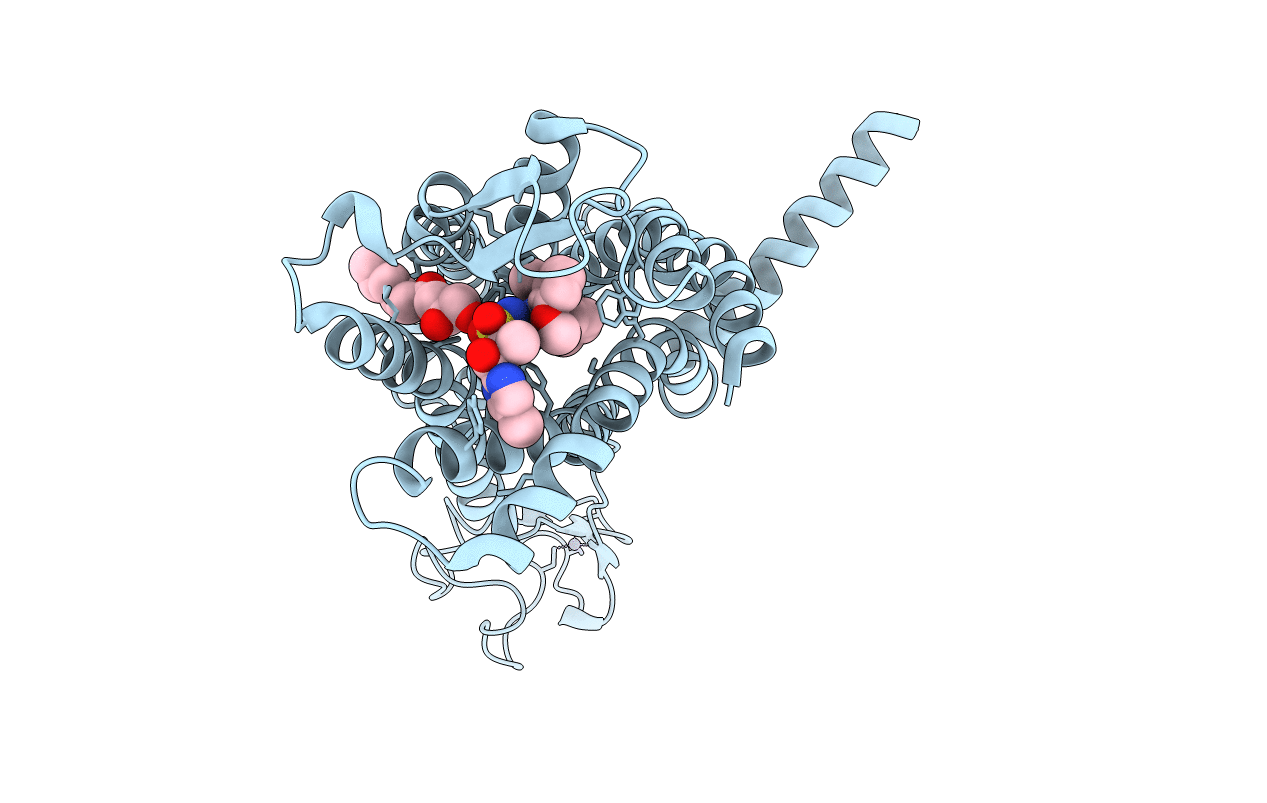
Deposition Date
2021-11-18
Release Date
2022-07-27
Last Version Date
2024-10-09
Entry Detail
PDB ID:
7SUS
Keywords:
Title:
Crystal structure of Apelin receptor in complex with small molecule
Biological Source:
Source Organism:
Homo sapiens (Taxon ID: 9606)
Clostridium pasteurianum (Taxon ID: 1501)
Clostridium pasteurianum (Taxon ID: 1501)
Host Organism:
Method Details:
Experimental Method:
Resolution:
2.70 Å
R-Value Free:
0.27
R-Value Work:
0.25
R-Value Observed:
0.25
Space Group:
C 1 2 1


